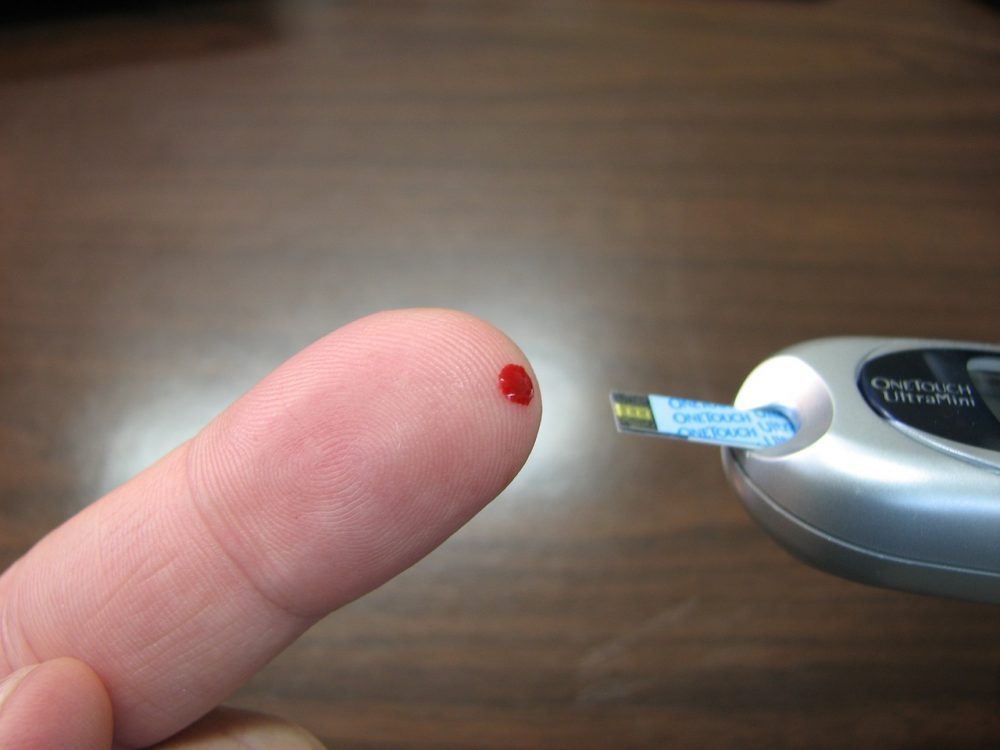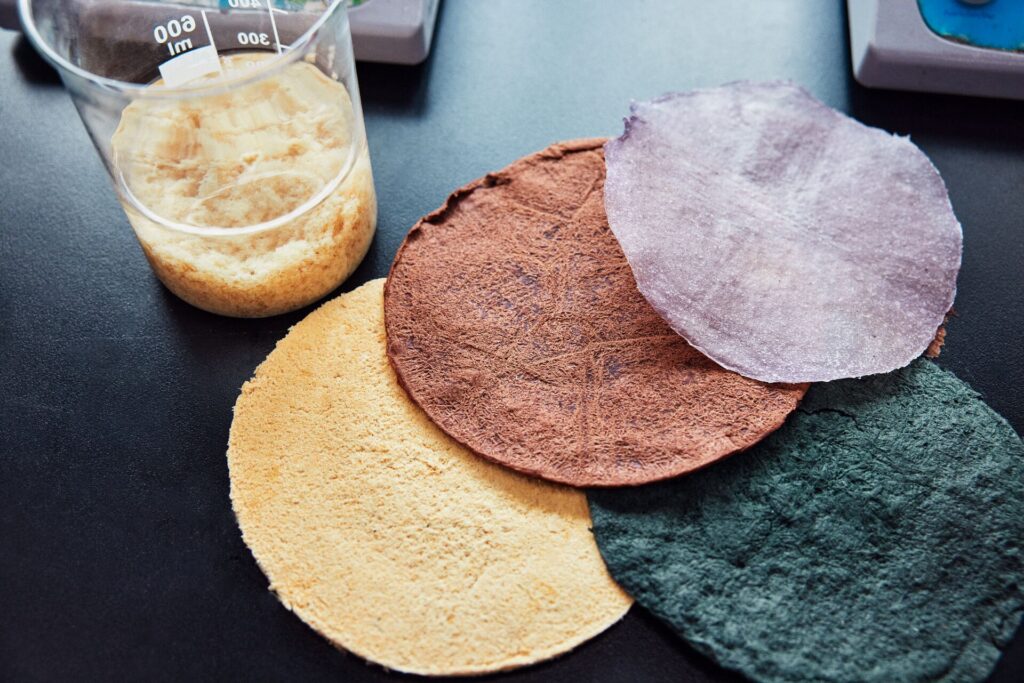Carbyne has actually been around since an approximation of the material was first synthesized in the USSR in 1960. However, until this research, not much was known about it and carbyne was thought to be highly unstable. Researchers at Rice University addressed this lack of knowledge by developing computer models that reveal the long-theorized material is the strongest material in the world.
Scientists suggest carbyne is formed of a chain of carbon atoms, which are held together by either double or alternating single and triple atomic bonds. Unlike atom-thin sheets of graphene that have a top and a bottom or hollow nanotubes, carbyne is one dimensional. It can be considered as thin graphene ribbon, reduced to just one atom or ultimately thin nanotubes.
Carbyne’s capability to withstand stretching is better than any other known material. Its tensile stiffness is double that of graphene and carbon nanotubes and almost three times that of diamond. Carbyne might be the highest energy state for stable carbon and it can be converted into a magnetic semiconductor with a 90-degree end-to-end rotation.
With this incredible set of qualities for a simple string of carbon atoms, carbyne can prove to be very useful for nano-mechanical systems as sensors, as strong and light materials for mechanical applications or for energy storage. The downside to the scientists’ discovery is that they haven’t yet figured out how to make the pearl-like strands into a sheet of material.






